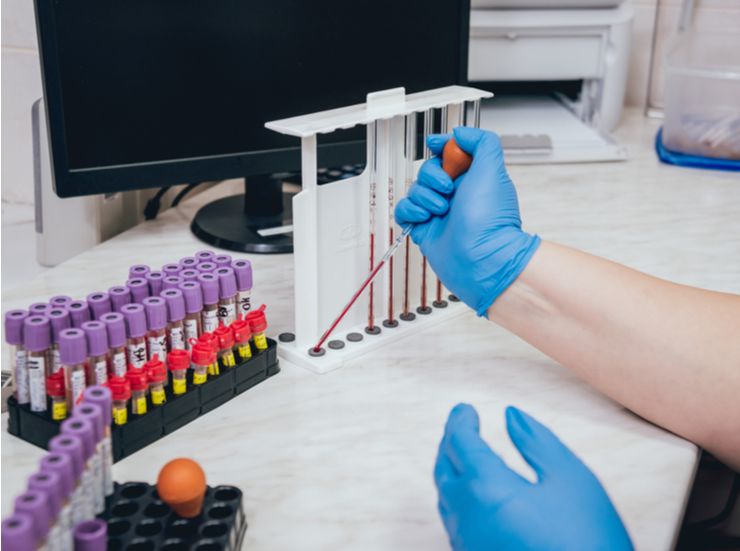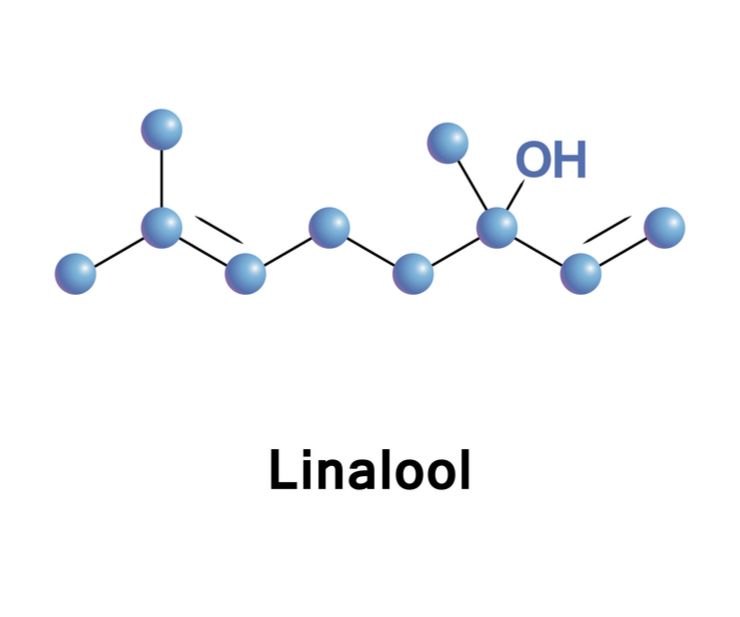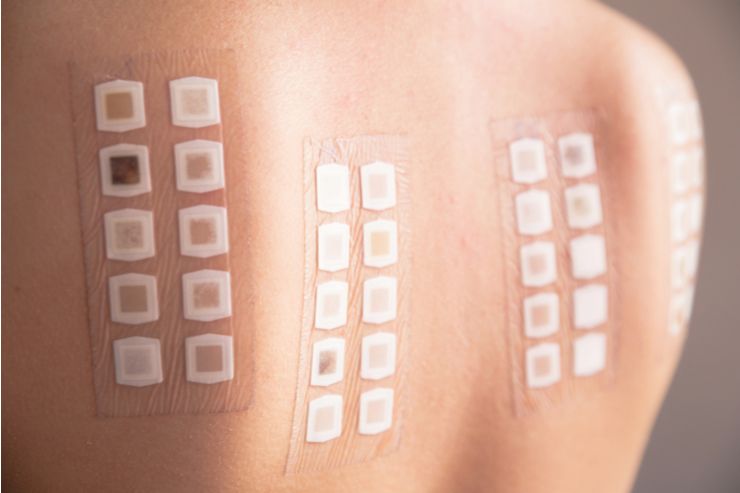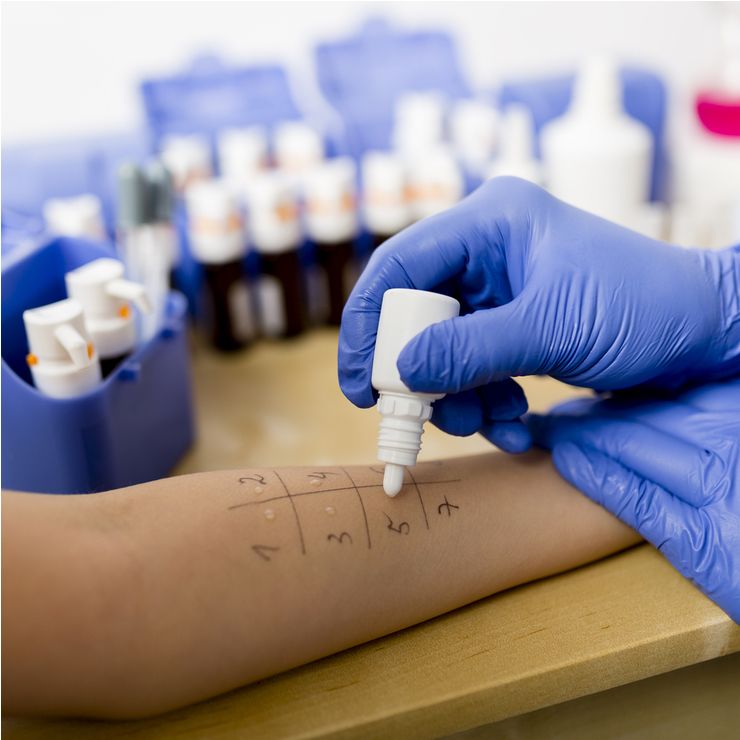Janet Winston had been dealing with a persistent rash for some time now. It had started out like anything else – small, itchy, and easily cleared up with a bit of lotion. Unfortunately for the 56-year-old English professor, this was the type of rash that wasn’t about to go away after a few applications of Gold Bond Medicated Powder.
No matter what she did, the rash wouldn’t abate. Janet had no choice but to contact a professional to cure it. She just had no idea that the solution to the persistent itch would be a whole lot of scratch.
Stress
Janet lived in Eureka, California and taught English at Humboldt State University. When the rash first appeared, she wondered if it was perhaps the result of stress from work. But she’d been teaching for years, this one was just like the rest – that is to say, not particularly stressful. She’d always had sensitive skin though, perhaps a cream would work.
Allergy Creams
Janet’s sensitivity had always been to specific ingredients in some skin creams and cosmetics, so she generally avoided them. This time though, her doctor had suggested that antifungal cream might be the answer. Unfortunately, the antifungal cream only made matters worse. It seemed she was allergic to that too.
Busy Office
After a bit of extensive research, Janet was able to find an expert dermatologist in her rural Northern California town. Unfortunately, the man was booked for months in advance. She needed to find a solution sooner rather than later, before the rash spread. She had to keep looking for someone else, no matter how far.
Six Hours
Eventually, Janet turned to Stanford Health Care, a specialized treatment center nearly six hours south of her home. She made an appointment and headed out. Her hope was to not only clear up the rash but see what else she might be allergic to. The ensuing allergy tests were fairly comprehensive but did provide answers.
Detailed Tests
To begin with, Janet explained that she had avoided cosmetics like lipstick and a number of skin products over the years. The doctors at the facility had to go above and beyond though if they wanted to narrow down the potential allergen. They taped 119 tiny, plastic containers of allergens to her back and tested her over the next three days.
Compounds
When it was all said and done, Janet learned that she was allergic to a number of things. One of which was ketoconazole cream, the same cream she had been prescribed to treat her persistent rash. She was also allergic to neomycin, a common preservative used in cosmetics and as a dye in clothing, as well as gold, nickel, and cobalt. There was more too.
Linalool
Perhaps the most interesting offending allergen was the compound linalool, an allergen that can be found in lavender and other plants. One of those plants are roses, something that Janet had plenty of in her garden back in Eureka. Of course, she could still handle the flowers, so long as she washed her hands afterward. Armed with this knowledge, she could go home and rest easy … sort of.
Spared Some Expense
You see, Janet’s doctor at Stanford had warned her ahead of time that the extensive allergy testing might have been a bit expensive. The skin-patch tests are among the most comprehensive and costly tests out there. But Janet wasn’t worried, her benefits through the State of California were pretty reliable, or so she thought.
Unbelievable Bill
When the bill finally came, the total amounted to a whopping $48,329. This included $848 for the time Winston spent with her doctor. Anthem Blue Cross, the State of CA’s health insurance provider only covered some of that. The remaining $3,103.73 was billed to Janet. She could hardly believe it.
Outrageous
Though she was grateful for the care Stanford had provided her, she couldn’t believe that the clinic had the audacity to charge such an insane amount for the test. There was no anesthesia, no surgery, she had partly-opened, fluid-filled plastic containers taped to her back. It was certainly not $3,000 worth of treatment, let alone $48,000, in her opinion.
The Details
Janet went to some experts about the situation and found that though some of them think Stanford’s charge for the allergy patch test was excessive, others believe the charge to be customary and reasonable. But how can such a price be “customary” in the least? How can they get away with charging $399 per allergy?
Inflated
Michael Arrigo, a San Francisco-based medical billing expert was called in to check out her bill. He found that the true customary cost for a single allergen test in the area is about $35, not $399. The average charge for private insurers was about $16 per allergen through Medicare. Something wasn’t adding up.
Balance
Eric Lail, a spokesperson at Anthem Health noted that one of the insurer’s examiners did review the bill prior to processing it. Unfortunately, they could not say whether or not it had received any additional scrutiny due to its high cost. He added that the whole process is as balanced as it can be, based on available network choices for providers and patients alike.
Overcharges
This is not an unusual case in recent years. Obamacare affected many different parts of the healthcare system. Providers, patients, and insurance carriers were all impacted by the change. In some cases, providers had to begin charging essentially exorbitant rates for their services. These are known as “chargemaster” or list prices.
Rising Prices
Stanford Health Care, in particular, has a lot of power in dealing with insurers. Because they are an academic medical system and one of the largest practices in their region, they can sort of raise health care prices of their own accord. Their consolidated power in the Bay Area has made it so some insurance companies have had to stop working with them.
A Spike
Unfortunately, the same things that give Stanford Health so much power, their popularity with high-end Bay Area customers, and the depth of their academic medical prowess, make it much harder for insurance companies to just “opt out” of doing business with them. As a result, health care costs across the board have soared in California in recent years.
They’ll Pay
Leemore Dafny, a Harvard University health care economist, spoke to MPRnews about big health systems like Stanford. These large health organizations, with so many hospitals and outpatient clinics, can essentially pressure insurers to pay big for their services. The thing about it is, these insurers will often just roll over and pay it, no matter how egregious the sum.
Spokesman’s Words
Patrick Bartosch, a spokesman for Stanford Health Care, had a bit to say about Janet’s tests as well. According to him, Stanford customized her treatment rather than using “off-the-shelf test kits.” Thus, their comprehensive evaluation was meticulously planned towards Janet’s own unique situation. This is what they say warranted the enormous cost in the end.
Grateful
“I was grateful I had so much insurance, and that it was in-network, and I could afford the [final] bill,” Winston told MPRnews. “On the other hand, I thought, ‘How can they get away with this?’ Most Americans could never afford this procedure, at least at this facility, and it made me think about the grand piano in the lobby.”
Final Bill
In the end, even though she went through all the proper channels, Janet still got caught with her pants down. She had the best insurance and used an in-network provider and though she fought it and got a 50 percent discount, she still ended up paying $1,561.86 out of pocket. It didn’t hurt to ask after all.




















